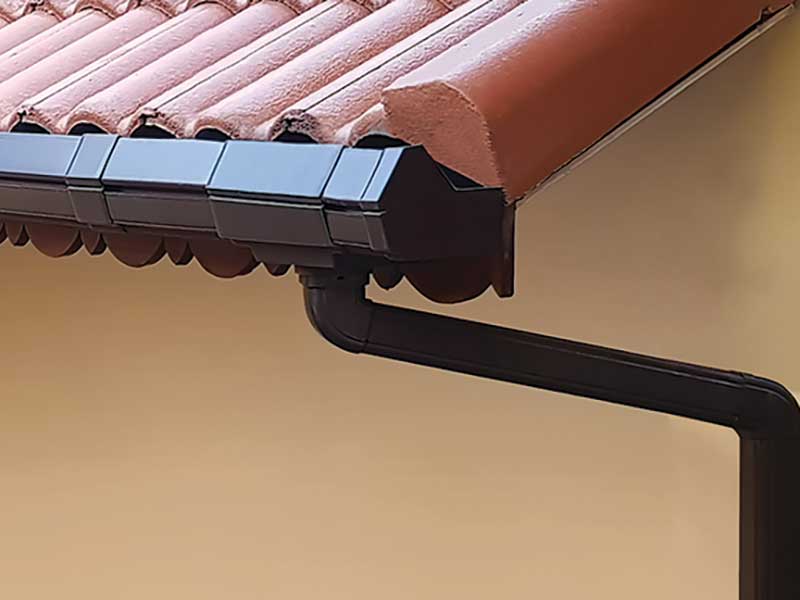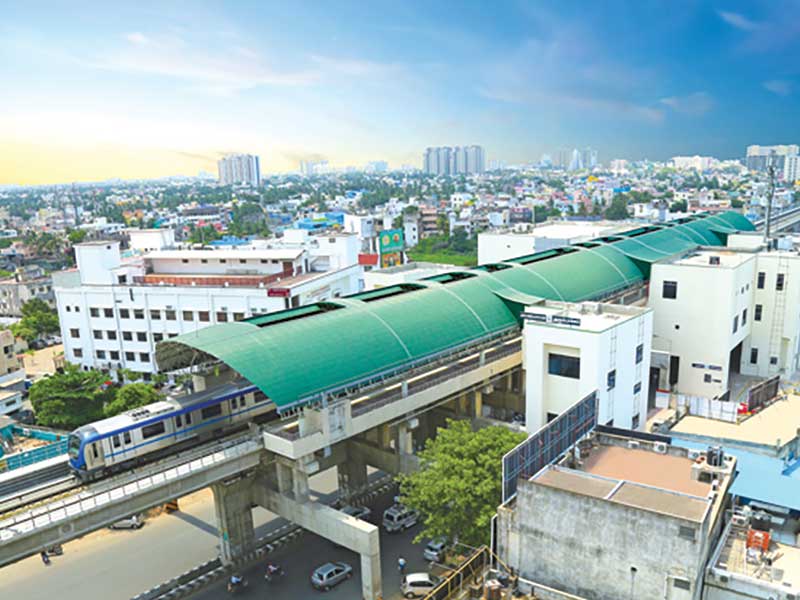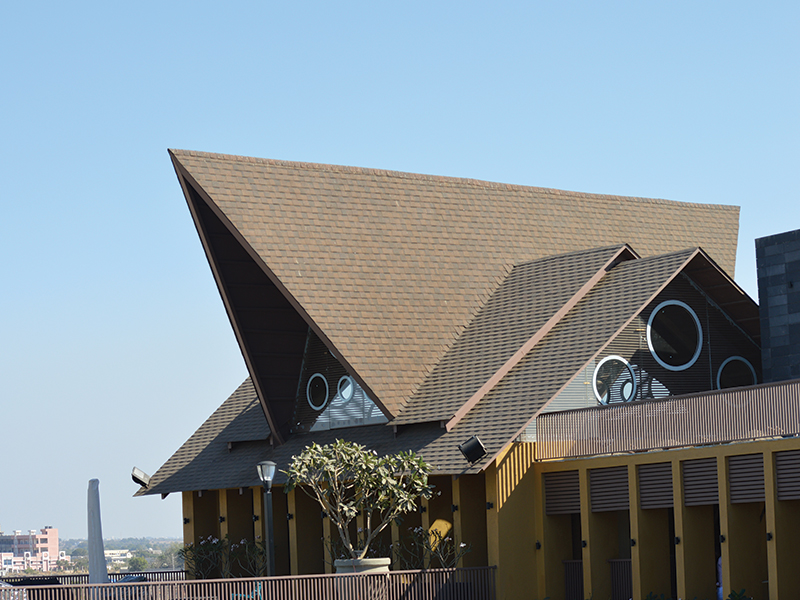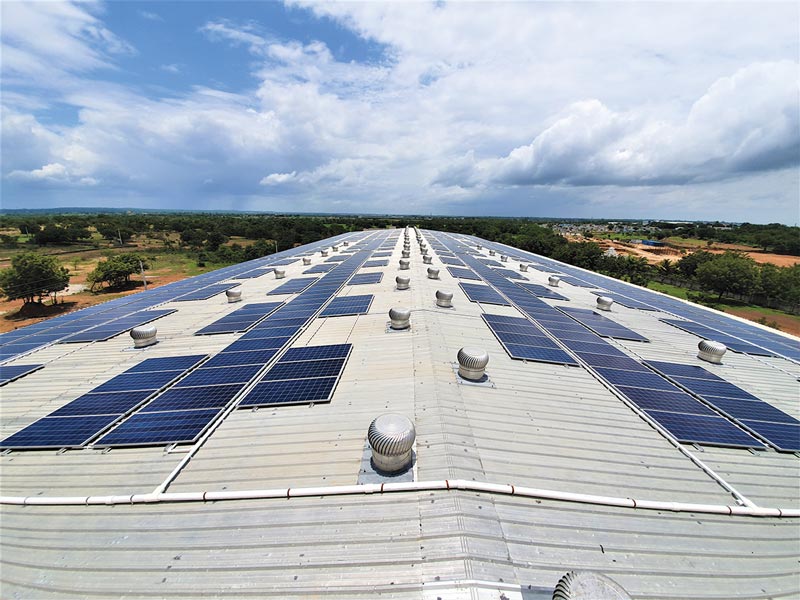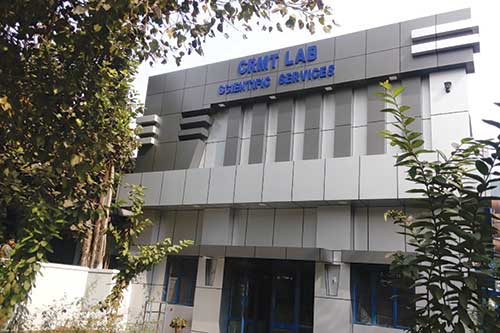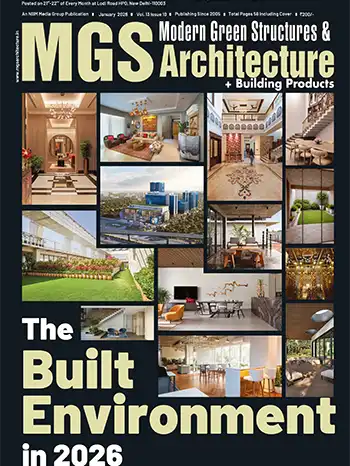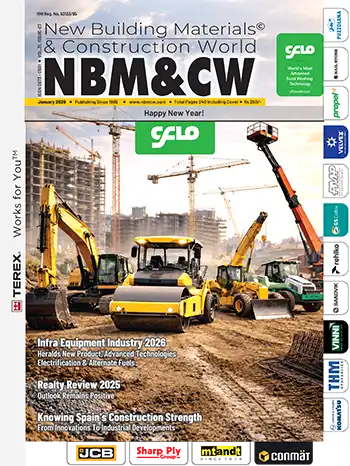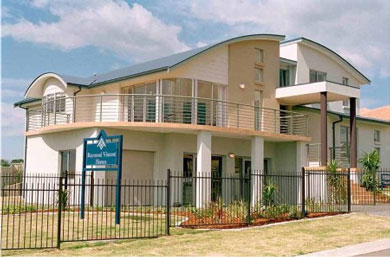
From a scenario in which metal roofing conjured images of corrugated GI sheets put over outhouses and sheds, Indian construction has embraced the new-age metal roof in a bog way. The market size for coloured metal has grown from 45,000 tonnes per annum to about 200,000 tonnes per annum in a short span of a few years. Growth is estimated at 15-20%. No mean feat for an industry that came into India with the daunting task of making the concept of metal sheet roofing acceptable and changing its image so that it gains acceptance as a high quality roofing option.
Why metal roofs?
Strong and durable
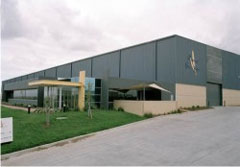
Moreover, metal roofs that are painted or pre-coated are corrosion-resistant and will last as long as the building. Though in India, companies do not offer warranties, they claim that their roofing solutions will last 15-20 years. International experience shows a life-span of over 25 years for metal roofing.
Light
Much lighter than RCC or terracotta tiles, metal roofs allow you to design a structural framework that will cost you less. This is no mean advantage, as in many projects, this cost reduction allows the inclusion of other value-added features.Ease of installation
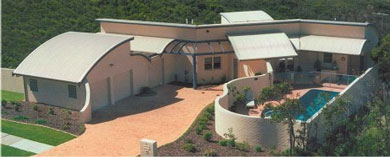
To bypass installation error and the poor workmanship that plagues a large part of the construction industry, some manufacturers also take up metal roofing as a turnkey project. Though this appears as a convenient solution for you, there is no guarantee that the manufacturer's installation will be perfect. If you have a reliable contractor, it would work just as well to simply buy the products from a reputed company.
Flexibility and aesthetic potential
With increased emphasis on aesthetics across the board, regardless of the type of building, the architect needs solutions that allow her to realize her imagination. Metal roofs are flexible in terms of shape and many manufacturers now offer on-site technology that moulds the sheets to the desired shape and size. Of course, this needs to be done within the design limits of load, keeping thermal expansion in mind. Manufacturers warn of the disastrous effects of not heeding thermal expansion issues and urge architects to not fall for practices that encourage very long sheets that do not consider thermal expansion issues.With the advent of coloured metal roofing, specifying a metal roof no longer spells boredom and predictability. The architect has a choice of colours that can make the roof look attractive.
Suitability for Indian weather conditions
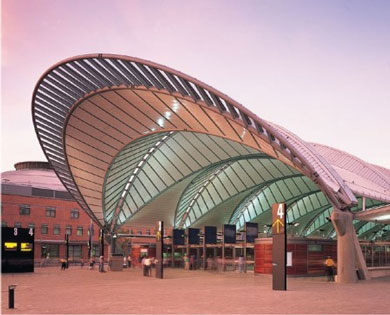
India sees a large variation in diurnal temperatures to the extent of 15-20 degrees a day, causing metals to change by 60-70%. Metals have the strength to take this kind of expansion and contraction over its lifespan.
If buildings are designed using the age-old tradition of higher roofs with natural ventilation through well placed openings, metal roofs can serve just as well as any other roofing system in bringing down the use of artificial cooling systems that consume energy. Research by CBRI and other reputed institutes proves that a slope of 15-18 degrees is ideal for Indian conditions.
Why colour coated metal roofs?
All the above factors hold true for these roofs as well, but in a nutshell—colour coating offers added protection, a contemporary look and a long lifespan of over 15-20 years.Applications of metal roofs
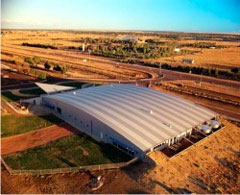
Problems with metal roofs
Coloured metal roofs sound like a great solution. Yet architects have not exactly gone on a specification overdrive.Low acceptance
Acceptance of a product, like metal roofs, is directly influenced to the time the products has been available in the market and the performance feedback architects get from their peers. If the product can prove itself—given affordability, suitability and availability—application will increase over time. Trade publications like MGS Architecture play a role in forming this opinion.Limited colour palette
A prime factor on this is the limited availability of colours and this is true worldwide.Though it is technically feasible to manufacture a large range of colours, the problem is that of logistics. A buyer may want about 2 or 3 tons of metal sheets of a particular shade, but the run size on the machine is a minimum of 15-20 tons. So for the manufacturer, it makes sense to produce a colour only if it has that scale of demand. Every manufacturer has to make a calculated decision as o what colours are to be manufactured in a particular season, based on trends and market observation.
Also, not all colours cost the same. The pigments that go into the colour dictate the cost and in India, architects have not really been educated about this aspect.
Cost
This is where the metal roof faces maximum problems. It is still a costly option as compared to concrete roofs. Also, concreting is an established technology in India and architects and engineers are comfortable with this.Even though the cost of metal sheeting has come down as compared to a few years ago, the raw materials, in this case steel and aluminium and allows, are expensive. Cost will remain higher than conventional roofing systems.
Unwillingness to take onus of quality/safety
This is an industry-wide problem, across products as well as among different stakeholders in construction. There needs to be a body that can independently audit and certify roofing and create ratings for builders, minimum standards for roofing application, etc. Unless these kinds of norms emerge, it will be a haphazard scenario that allows sub-standard products and applications to exist. Architects and engineers can play a role here by specifying quality products and ensuring the correct application and handling of these products. For example, the National Building Code can be followed, and innovation in design can be the way forward for the industry.Outlook
Like all other products, if the application and properties suit the project, you can specify colour coated metal roofing. The time for doubt is past with this technology. With quality manufacturers, variety, installation skills in place, and a number of design advantages like durability, flexibility and good looks, colour roofs in metal have crossed the threshold of experimentation and are entering the accepted products category.Yet, the applications in the country could be said to be nascent, except for some startlingly mature uses in select projects like stadiums, malls, and office complexes in metro cities. The material needs the impetus of good design and bold application to seriously cross over and be truly accepted.






